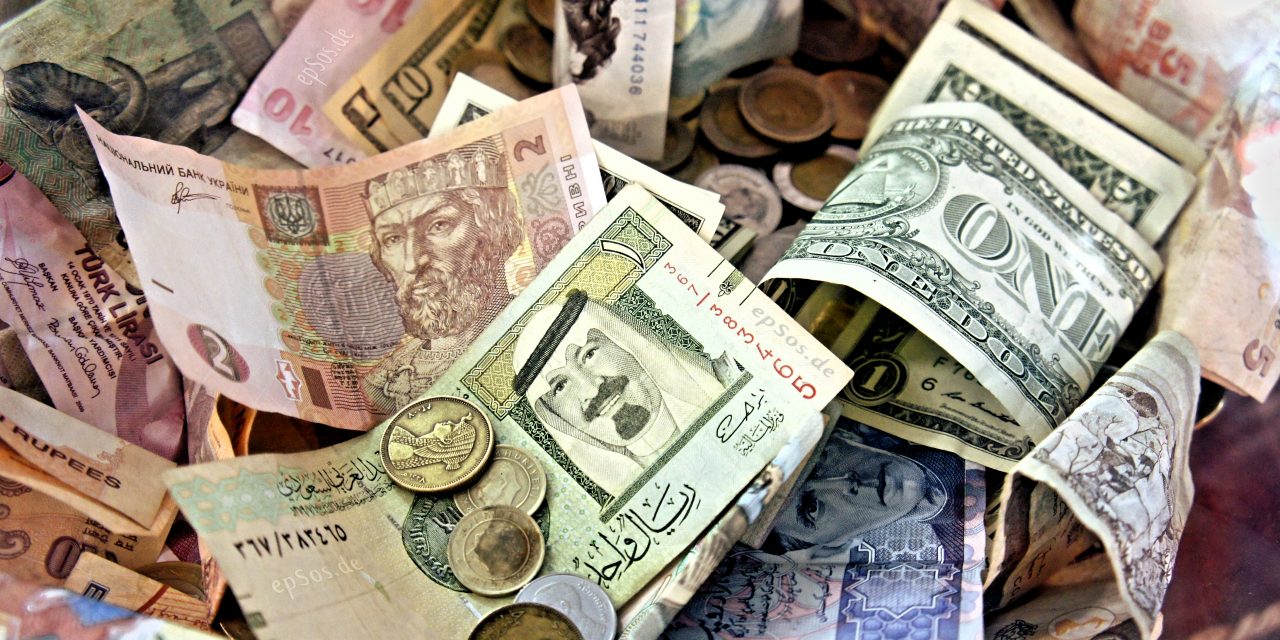In August 2020, Kenyan’s yearly inflation rate remained 4.36% at a ten-month low, which is the same as in July. The prices for clothing changed a little as well as for footwear, at 2.03% as opposed to 2.08% in July. The difference between the prices of furnishings from July and August is 1.20% compared to1.12% of August. Entertainment and culture was 2.88% versus 2.81%, and random products and services were about 2.15% compared to 2.11%. Likewise, inflation eased back for food and non-alcoholic drinks. Conversely, prices progressed quicker for transport and utilities and hotels were 1.06% versus 2.11%), in the midst of an ongoing increase in prices of petroleum, diesel, and lamp fuel. Consistently, shopper costs were up 0.2 percent, subsequent to rising 0.08% in July.
The Kenyan Consumer Price Index depends on the spending of both rural and urban families. The most significant groups in the CPI are Food and Non-Alcoholic Beverages with a total weight of 36%, and other different fuels together with Electricity, Gase, Water, Housing summed up at 18.3%, and 8.7% for Transportation. Further, expenditure on footwear and clothing represents 7.4% of the record, while Household Equipment, Furniture, and Routine Household Maintenance account for 6.2%. Eateries and Hotels speak to 4.5 percent just as miscellaneous goods and services account for 4.5%. 3.8% is accounted for by communication, health for 3.1%, and Education for 3.1%. 2.3% represents Entertainment and Alcoholic Beverages, Tobacco, and Narcotics 2.1%. Speaking to the fact that Kenya’s imports are exceeding the number of products exported by the nation. The August inflation rate for Kenya August has been steady at a 10-month low.
The Central Bank of Kenya’s data shows that on September 24, there was a decline in foreign exchange reserves to 8.63$ billion from $8.84 billion in August. 5.23 long periods of import spreads were provided by the forex reserves, in comparison to 5.36 months of import spreads in the past thus leading Kenyan forex brokers with a license to predict that this may cause much higher inflation as the Shilling is not being used too much outside of the country. But try to give it as much context as possible. The estimation of interbank exchanges during the period spiked to KSh 13.3 billion from KSh 11.3 billion.
In the year to August 2020, the present account deficit in Kenya remained stable at 4.7% of GDP, which was the same as the account deficit of July. This showed that oil imports were low, and there was an increase in horticulture and tea exports, and expanded fares of tea and cultivation, and improved transfer of funds from the diaspora.
In August, the transfer of funds from the diaspora amounted to $274.1 million, which was a slight decrease from the remittances from the diaspora in July which was $277 million. In the initial eight months of 2020, remittances 6.3%, which showed an increase compared to this same period last year.













